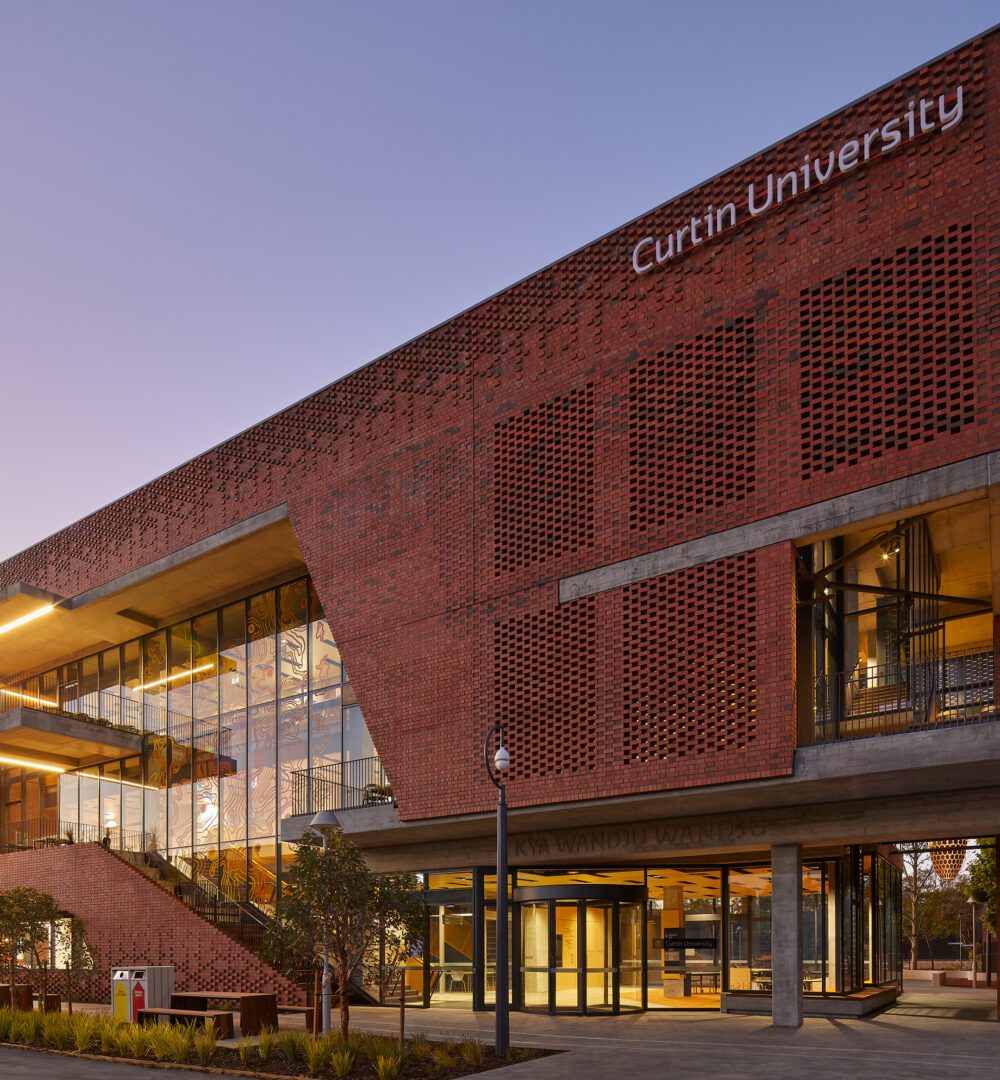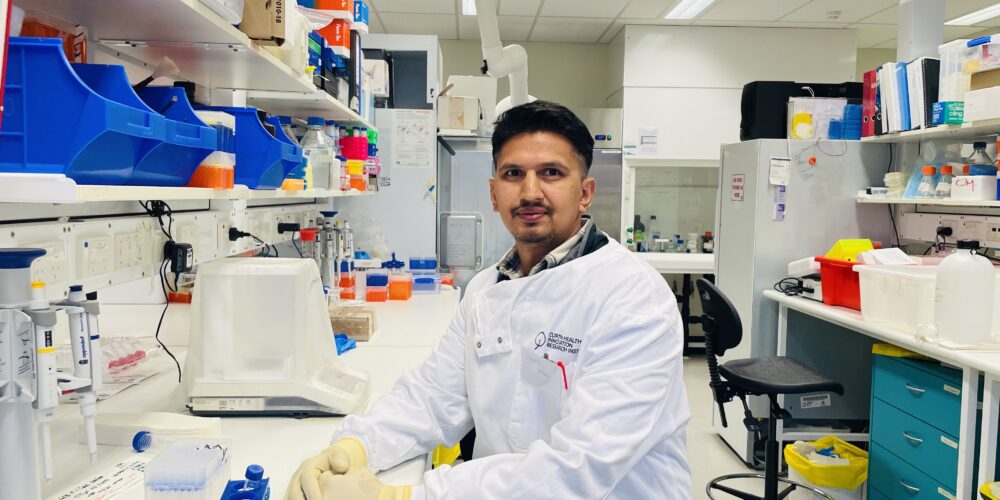Curtin researchers make battery-free breakthrough

New Curtin University-led research has found a more effective way to improve the output of autonomous power sources, such as triboelectric nanogenerators (TENGs), commonly used to power vital mining equipment in remote or underground locations where power points and batteries are not practical.
The research, published in the Journal Nano Energy, found that using silicon on the surface of the autonomous power sources, without having to rely on plastic surfaces likes previous models, could dramatically increase both the voltage and duration of the output, enabling equipment to be kept charged for up to 10 times longer.
TENGs are commonly used in the mining industry to power remote sensors which measure oxygen levels, CO2 levels, gas leaks, temperature, vibrations, and pressure and then feed the information back to the monitoring station.
Lead researcher Associate Professor Simone Ciampi, from the School of Molecular and Life Sciences, said the breakthrough could boost efficiencies and reduce costs for mining and similar industries around the world.
“When you are in a remote location, or perhaps underground and don’t have access to traditional power sources, we need to ensure there is another form of power that we can rely on,” said Associate Professor Ciampi.
“Autonomous power technologies such as TENGs work in a similar way to static electricity. Most of us have felt the ‘shock’ from touching a metallic object after putting on a jumper or walking across carpet. This happens as a result of charge build-up whenever two dissimilar materials (such as our body and the fabric) come in contact with each other.
“These TENGs are extremely useful in remote situations because of their ability to convert mechanical energy from vibrations or pressure into electricity. However, this type of power output is short lived and can’t run a device for a long period of time.
“Our team was able to find an innovation solution to this problem. By using a particular silicon crystal facet, Si(211) in the engineering phase when developing these power sources, we were able to dramatically improve the current output, compared to using common silicon crystals such as the Si(100) commonly used in computers.”
Co-author Xin Lyu, also from Curtin’s School of Molecular and Life Sciences, said the findings were important and could be beneficial to industries such as mining who rely on autonomous power sources for their day-to-day operations.
“Remote sensors need little power, but continuously recharging a battery is costly and almost impossible. Our findings provide an innovative solution to this problem by instead utilising these autonomous power sources or ‘sustainable energy harvesters’ and maximising their power output,” Dr Lyu said.
The full paper, found online here, is titled, ‘Sliding Schottky diode triboelectric nanogenerators with current output of 109 A/m2 by molecular engineering of Si(211) surfaces.’



